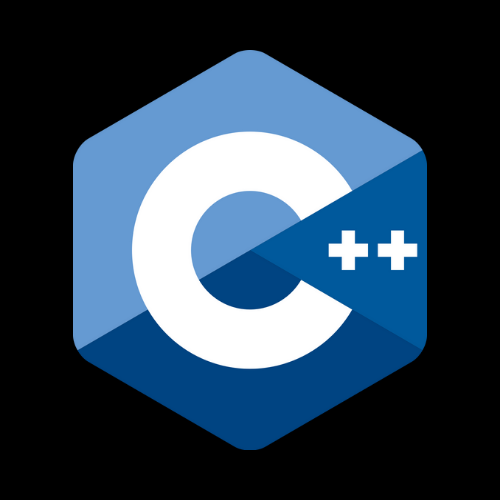Python is a high-level, interpreted programming language known for its simplicity, readability, and versatility. It was created by Guido van Rossum and first released in 1991. Python has since become one of the most popular programming languages in the world, widely used in various fields, including web development, data science, scientific computing, automation, and more. Let's explore the key aspects of Python in detail.
1. High-Level Language:
- Python is a high-level programming language, which means it abstracts many of the low-level details of a computer's hardware, making it easier for programmers to write code.
2. Interpreted Language:
- Python is an interpreted language. This means that Python code is executed line by line by an interpreter, which converts the code into machine-level code in real-time. This allows for easier debugging and a more interactive development experience.
3. Readability:
- Python's syntax emphasizes readability and clarity. The use of whitespace (indentation) for code blocks, combined with a simple and consistent syntax, makes it easy for developers to write and understand Python code.
4. Versatility:
- Python is a versatile language that supports multiple programming paradigms, including procedural, object-oriented, and functional programming. This versatility makes it suitable for a wide range of applications.
5. Cross-Platform:
- Python is a cross-platform language, which means you can write code on one operating system and run it on another without significant modifications.
6. Extensive Standard Library:
- Python comes with a large standard library that provides modules and functions for various tasks, making it a powerful language for a wide range of applications, from web development to scientific computing.
7. Third-Party Libraries:
- Python has a vibrant and active community that has developed numerous third-party libraries and frameworks, expanding its capabilities. For example, NumPy and Pandas for data analysis, Django and Flask for web development, and TensorFlow and PyTorch for machine learning.
8. Dynamic Typing:
- Python uses dynamic typing, meaning you don't need to declare variable types explicitly. Python determines the type of a variable at runtime, providing flexibility but also requiring careful consideration to avoid type-related errors.
9. Strongly Typed:
- Despite dynamic typing, Python is a strongly typed language, meaning it enforces strict type checking. This helps prevent certain types of errors but still provides flexibility.
10. Community and Support:
- Python has a large and active community of developers. This community support, combined with extensive documentation, makes it easy to find solutions to problems and learn from others.
11. Open Source:
- Python is open-source software, which means it's free to use, modify, and distribute. This has contributed to its widespread adoption and continuous improvement.
12. Development Environments:
- There are numerous integrated development environments (IDEs) and text editors tailored for Python, such as PyCharm, VS Code, and Jupyter Notebook, which provide tools and features to streamline the development process.
13. Use Cases:
- Python is used in a wide range of applications, including web development, data analysis and visualization, artificial intelligence and machine learning, scientific computing, automation and scripting, game development, and more.
14. Python 2 vs. Python 3:
- Python 3 is the current and recommended version of Python. Python 2 reached its end of life in 2020, and it's essential to use Python 3 for all new projects.


